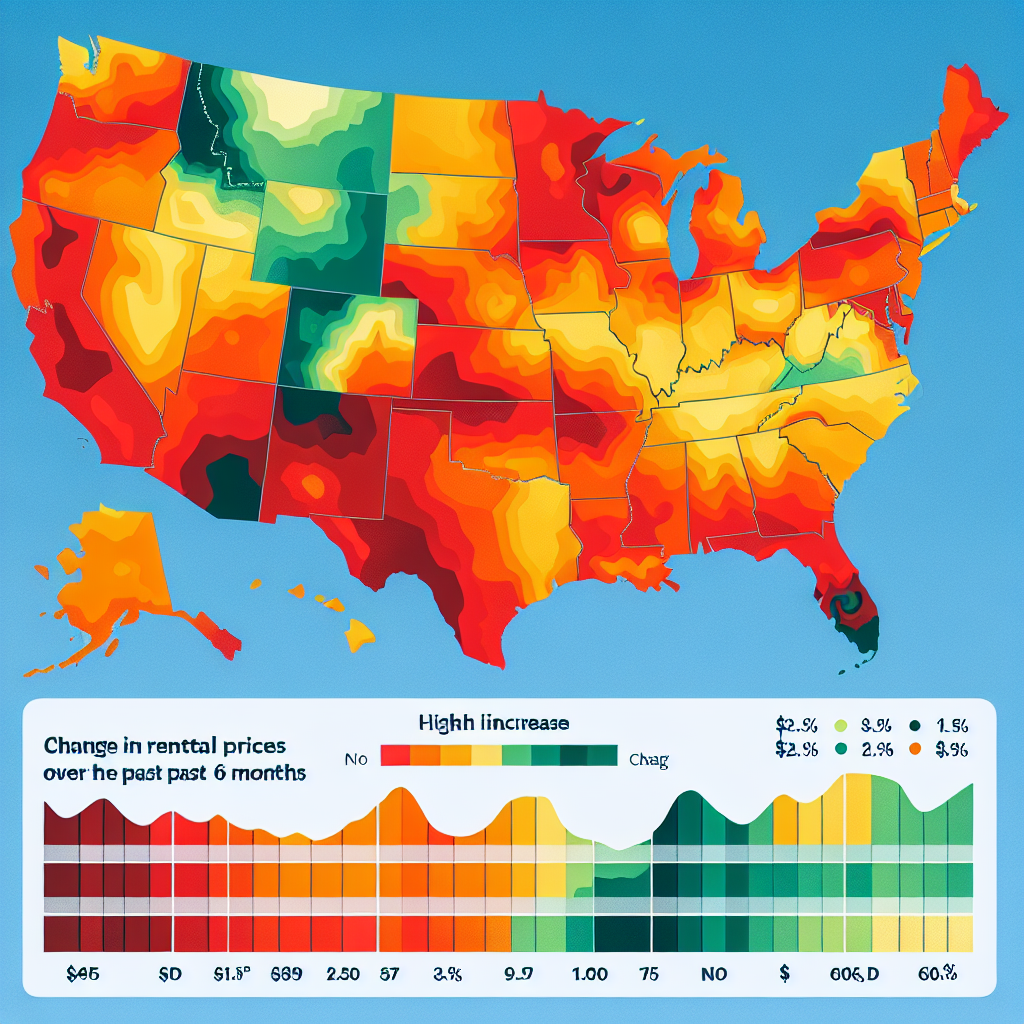
- ORIGINAL NEWS
Rents across the U.S. grew for the first time in 6 months — only Arizona saw price drops in every metro
- SUMMARY
Rent prices in the US are showing the first signs of moderation after months of steep increases.
In March, one-bedroom apartments saw a modest 0.3% increase to an average of $1,487, while two-bedroom apartments rose slightly by 0.5% to $1,847.
However, these increases reflect seasonal patterns rather than a sudden resurgence in price growth.
During warm months, demand for rental properties typically rises, leading to higher prices.
Nevertheless, some fundamental factors like supply and demand are also influencing the rental market.
In the Sun Belt and inner mountain regions, rent prices are beginning to cool.
For instance, in Arizona, the median rent for one-bedroom apartments has decreased by 4% since last year.
This decline can be attributed to a significant increase in new rental units entering the market in Phoenix, reducing competition and keeping prices down.
In contrast, markets in the Midwest and Northeast are facing undersupply issues, which is pushing rent prices upward.
Cities like New York City have witnessed a 25% increase in one-bedroom apartment rent prices over the past year.
While prices might be on the rise in some areas, they remain significantly lower than the extreme levels observed in 2021 and 2022.
Experts predict that national rent rates won’t see a sharp spike like those experienced during the pandemic years.
The main driver of housing affordability in the US is the shortage of rental units.
As the supply of new rental properties increases, prices are likely to decrease.
- NEWS SENTIMENT CHECK
- Overall sentiment:
neutral
Positive
“Experts say the slight increase in rental prices may reflect seasonal patterns.”
“Some markets in the country are cooling more than others, with prices coming down in the Sun Belt and the intermountain areas”
Negative
“Rent prices for one- and two-bedroom apartments grew in March for the first time in six months.”
“More supply is expected to surge in the Sun Belt and the intermountain region, a lot of Midwestern and Northeast markets are undersupplied, making rent prices push upward”


